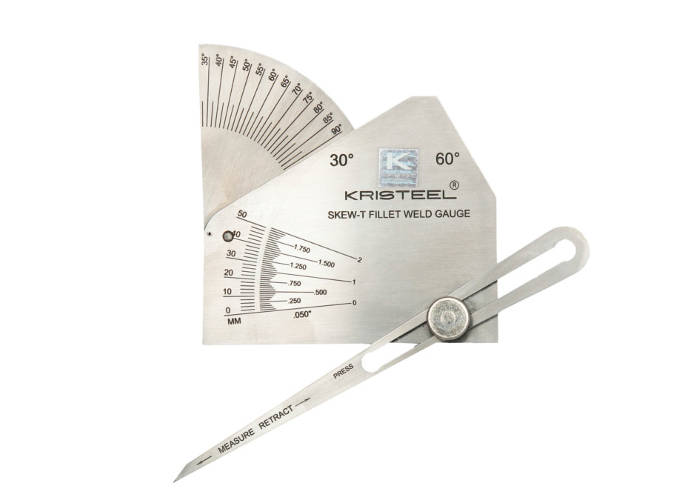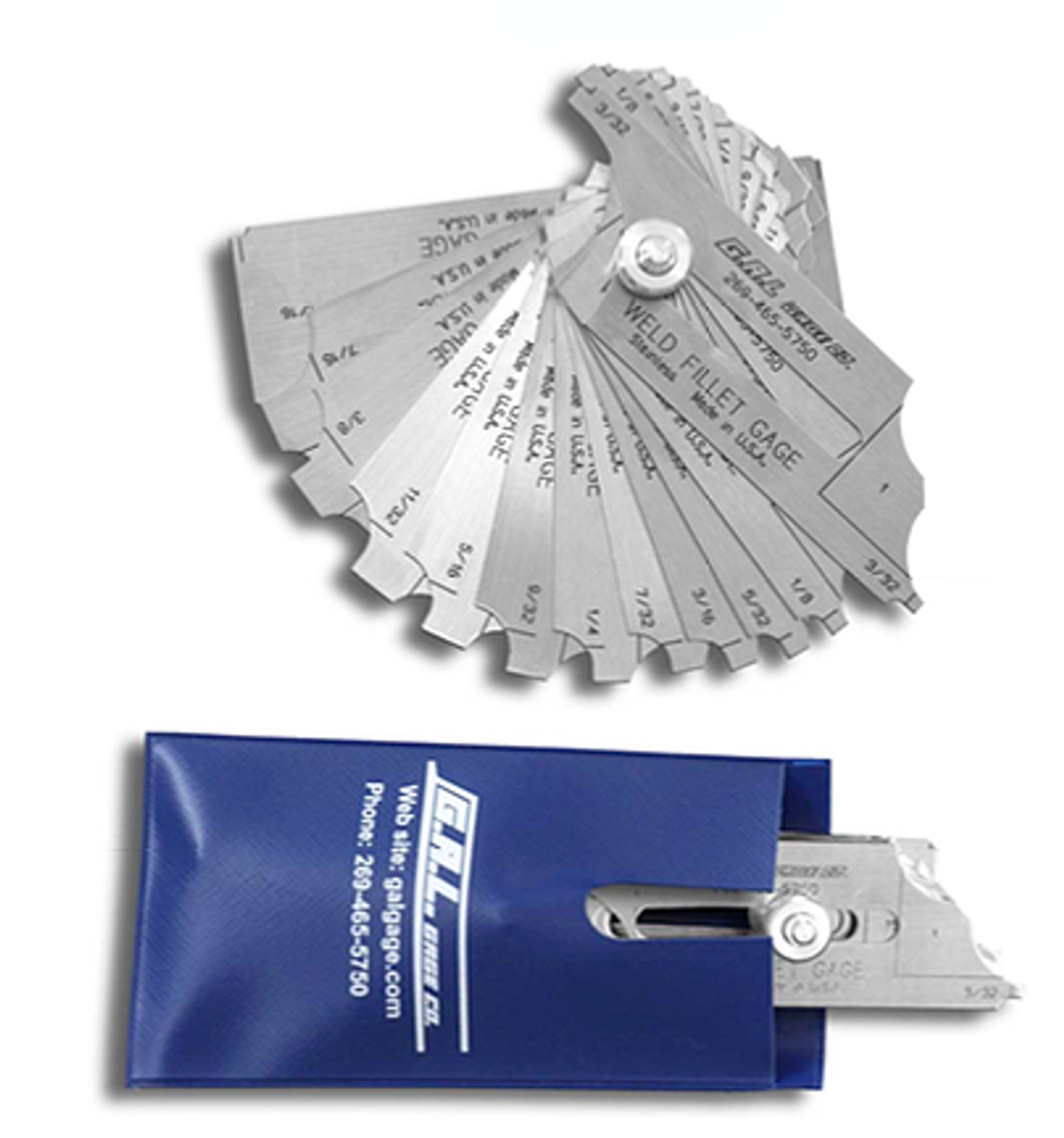Gauge Fillet Weld Explained: From Fundamentals to Advanced Techniques
Gauge Fillet Weld Explained: From Fundamentals to Advanced Techniques
Blog Article
Fillet Weld Design Methods: Optimizing Joint Performance and Aesthetic Appeal for Structural Honesty
In the realm of structural engineering and fabrication, the value of fillet weld design methods can not be overemphasized. These approaches play an essential duty in not just ensuring the efficiency and structural stability of joints yet likewise in enhancing the total looks of the finished item. By thoroughly taking into consideration variables such as weld profile optimization, material option, joint preparation techniques, welding process efficiency, and visual enhancement engineers, makers and methods can accomplish an unified balance in between capability and appearance in their welded frameworks. The fusion of these components not just results in durable joints but also elevates the visual appeal of the last item.
Weld Account Optimization


Accomplishing an ideal weld account includes a careful factor to consider of elements such as material thickness, joint setup, welding setting, and desired welding rate. Additionally, the option of ideal welding criteria, such as voltage, current, and travel speed, is essential in managing the shape and dimensions of the fillet weld. Utilizing sophisticated welding techniques, such as pulse welding or robotic welding, can better refine the weld account to fulfill certain design demands and high quality criteria.
In essence, weld profile optimization is a basic aspect of fillet weld layout that directly influences the general performance and dependability of welded joints in architectural applications.
Product Choice Considerations
When taking into consideration material option for fillet weld style, the compatibility of the base metals is an important variable influencing the structural honesty of the joint. It is important to choose materials that not only bonded with each other effectively but likewise possess comparable mechanical properties to ensure the lots is equally dispersed between the base and the weld metals. Welding materials with vastly various homes can bring about problems such as stress and anxiety concentrations, early joint failing, or splitting.
Additionally, the setting in which the bonded framework will run should be taken right into account when selecting materials. Elements like deterioration resistance, temperature fluctuations, and direct exposure to chemicals can all influence the longevity and performance of the weld joint. By choosing products that are appropriate for the intended application and environment, the total resilience and reliability of the welded joint can be substantially boosted.
Consequently, detailed factor to consider of material compatibility and environmental aspects is paramount in guaranteeing the weld joint's toughness, longevity, and total structural honesty.

Joint Prep Work Techniques
Considering the essential function material choice plays in making certain the structural stability of fillet weld joints, it is necessary to carry out exact my company joint preparation methods that enhance the link between the base steels. Joint preparation is a crucial step that directly affects the high quality and toughness of the weld. One fundamental method is the cleaning of base steels to remove any impurities like rust, oil, or paint that might jeopardize the weld's honesty. This can be accomplished through methods such as grinding, cable cleaning, or chemical cleaning.
Furthermore, proper fit-up of the joint is important to make sure uniform distribution of the welding material and stop flaws like insufficient penetration or too much accumulation. Beveling the sides of the base steels can create a groove that enables deeper weld penetration and a stronger bond. Furthermore, tack welding the elements in area before the last weld assists keep alignment and lessens distortion throughout the welding process. By meticulously following these joint preparation methods, welders can improve the general performance and appearances of fillet weld joints while making certain structural strength.
Welding Refine Effectiveness
Reliable welding processes are important for visit this page achieving optimal efficiency and top quality in fillet weld construction. One crucial aspect of improving welding process efficiency is picking the ideal welding method. Factors such as material type, joint layout, and welding position need to be thoroughly considered to identify the most appropriate method. Processes like gas steel arc welding (GMAW) and flux-cored arc welding (FCAW) are frequently used for fillet welds due to their adaptability and rate.
Additionally, ensuring appropriate devices configuration and upkeep is important for effective welding. Regular calibration of welding devices, assessment of consumables, and upkeep of soldering iron can prevent downtime and revamp, inevitably saving time and sources. Additionally, employing skilled welders with proficiency in the specific welding process being utilized can considerably affect performance. Trained welders are much more skilled at readjusting parameters, troubleshooting problems, and keeping consistent weld quality.
Aesthetic Enhancement Methods
To enhance the top quality of fillet weld construction, applying aesthetic enhancement methods can play an important duty in guaranteeing accuracy and accuracy during the welding procedure. Aesthetic aids such as weld size gauges and amplifying lenses can assist in analyzing weld profiles and measurements precisely. By incorporating these aesthetic enhancement methods into the welding procedure, welders can achieve not just structurally sound fillet welds however additionally visually enticing results that meet industry standards.

Final Thought
Finally, enhancing fillet weld design includes mindful consideration of weld account, product selection, joint preparation, welding process efficiency, and aesthetic improvement techniques. By implementing these approaches, architectural honesty can be enhanced while also attaining aesthetic allure. It is very important to focus on both performance and aesthetics in fillet weld style click this to ensure the overall top quality and sturdiness of the joint.
By diligently thinking about factors such as weld account optimization, material option, joint preparation techniques, welding procedure efficiency, and aesthetic improvement designers, makers and methods can achieve an unified balance between performance and appearance in their bonded frameworks.In the world of fillet weld design, enhancing the weld account plays a critical duty in making sure architectural integrity and efficiency. The weld account, which includes the dimension and shape of the weld cross-section, straight influences the circulation of tension and load-bearing capability within the joint. It is crucial to choose materials that not just bonded with each other successfully yet likewise possess similar mechanical homes to ensure the lots is equally dispersed in between the base and the weld metals - Gauge Fillet Weld.In final thought, optimizing fillet weld layout involves mindful factor to consider of weld profile, material selection, joint prep work, welding procedure efficiency, and aesthetic improvement approaches
Report this page